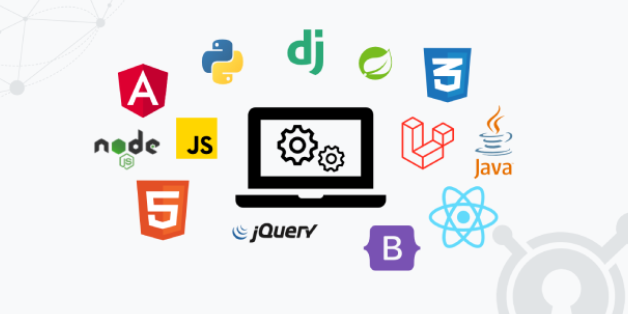Full Stack Development refers to the development of both the front-end (client-side) and back-end (server-side) parts of a web application. A Full Stack Developer is someone who can work on all aspects of development, from designing user interfaces to managing databases and handling the logic that powers a web app. Full-stack developers bridge the gap between the user-facing side and the server-side, ensuring seamless integration. Full-stack development covers a variety of technologies including HTML, CSS, JavaScript, and back-end programming languages like Node.js, Python, Java, PHP, or Ruby.

The front-end is everything that users interact with on the website. You’ll learn:
The back-end is responsible for managing data, server-side logic, authentication, and more. Key topics include:
The back-end is responsible for managing data, server-side logic, authentication, and more. Key topics include:
The back-end is where server-side logic, databases, and APIs are implemented. This section includes:
The back-end is the core of a web application, handling business logic, database operations, and managing requests and responses. Core topics include: